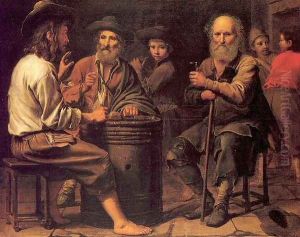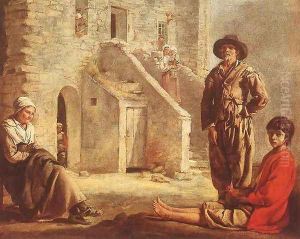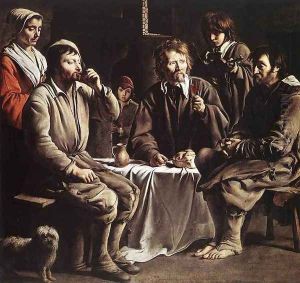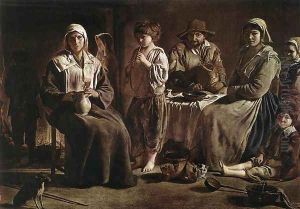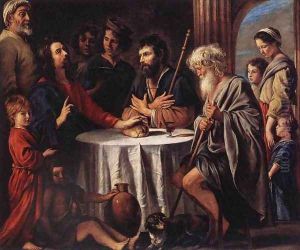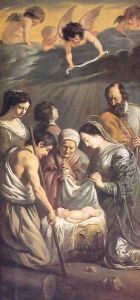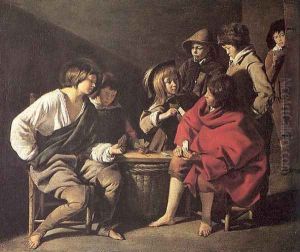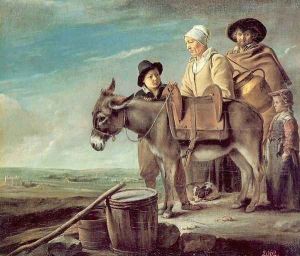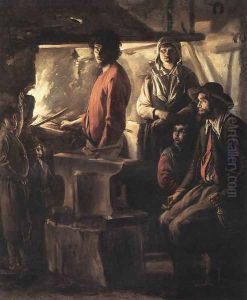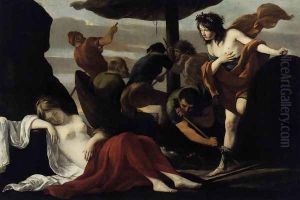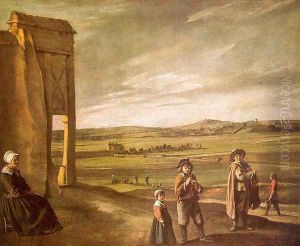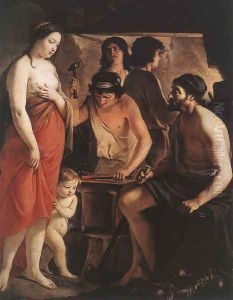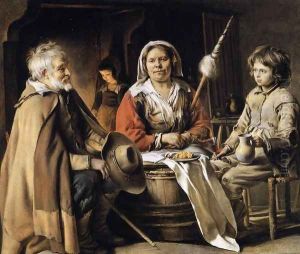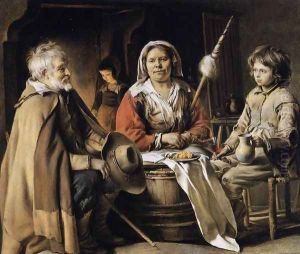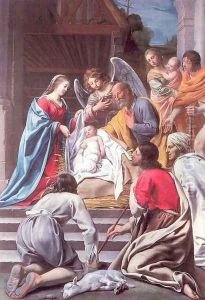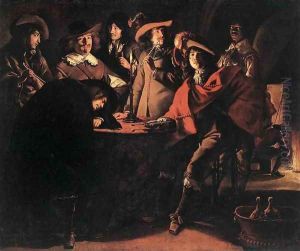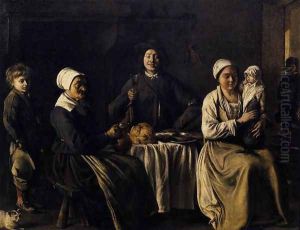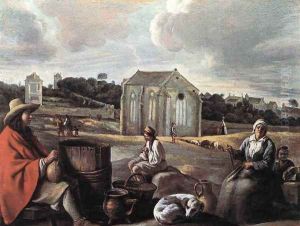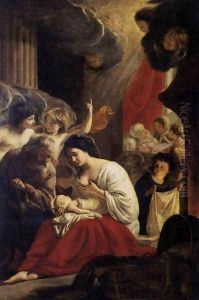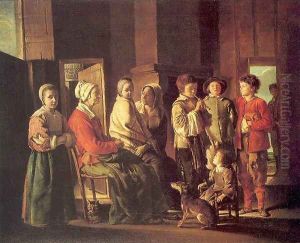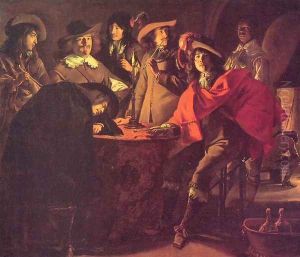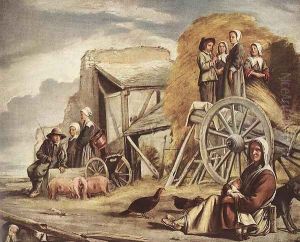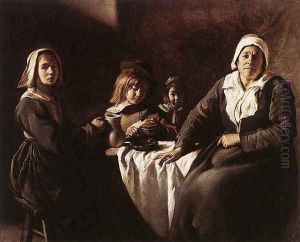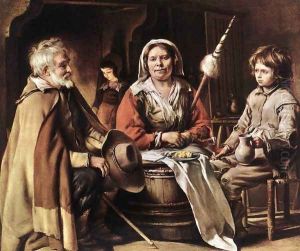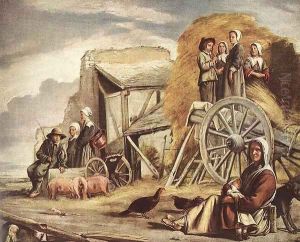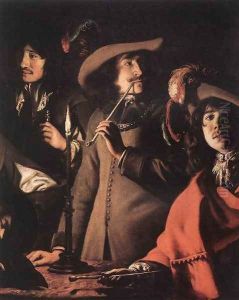Le Nain Brothers Paintings
The Le Nain brothers—Antoine, Louis, and Mathieu—were a trio of French painters who jointly contributed to the art scene of the 17th century, leaving behind a legacy that continues to be celebrated for its depth, compassion, and technical mastery. Born in or near Laon in the Picardy region of France during the 1590s, the brothers moved to Paris, where they lived and worked together for most of their lives. Their precise birth dates remain somewhat unclear, and similarly, their individual contributions to their collective body of work are largely indistinguishable, as they often signed their paintings simply as 'Le Nain,' without specifying which brother was the primary artist. This practice has led to much speculation and study by art historians, but the exact details of their collaborative methods remain a mystery.
Antoine (c. 1599–1648), the eldest, is thought to have been the guiding force in the early part of their career. Louis (c. 1600/1603–1648) and Mathieu (c. 1607–1677), the younger brothers, continued the collaborative effort, even after Antoine's death. Their art is notable for its realism and the dignity it imparts to subjects from all walks of life, particularly the peasants, whom they depicted with a profound sense of humanity and empathy. This was somewhat at odds with the tendencies of their contemporaries, who were more inclined towards the idealization of their subjects, following the Baroque trend of dramatizing subjects to evoke emotional responses.
The Le Nain brothers were admitted to the Guild of Saint Germain des Prés, a testament to their skill and the esteem in which they were held by their peers. They were also founding members of the Royal Academy of Painting and Sculpture in 1648, further solidifying their importance in French art history. Their oeuvre includes religious scenes, portraits, and genre paintings, with some of their most celebrated works being 'The Peasant Family' and 'The Happy Family,' which showcase their ability to portray the simple dignity and tender humanity of peasant life. These works are characterized by their use of somber, earthy tones and a remarkable attention to detail and texture, qualities that have led to their categorization as part of the French Realism movement.
Despite their collective success, the brothers' lives and careers are marked by a shared tragedy with the deaths of Antoine and Louis in 1648, the same year as their admission to the Academy. Mathieu lived for nearly three more decades, continuing the legacy of the Le Nain family until his death in 1677. The enduring mystery of their collaborative work and the depth of compassion evident in their portrayals of everyday life ensure the Le Nain brothers a lasting place in the annals of art history. Their work continues to be studied and admired for its unique blend of realism, empathy, and technical skill, offering a window into the lives and struggles of 17th-century French society.
